Name Hafez Ibrahim | Parents Ibrahim Fahmi | |
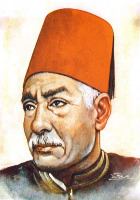 | ||
People also search for Ahmed Shawqi, Ibrahim Fahmi, Ahmad Amin | ||
Hafez ibrahim science and manners
Hafez Ibrahim (Arabic: حافظ إبراهيم) (1871–1932), also referred to simply as Hafiz or Hafez, was a well known Egyptian poet of the early 20th century. He was dubbed the "Poet of the Nile", and sometimes the "Poet of the People", for his political commitment to the poor. His poetry took on the concerns of the majority of ordinary Egyptians, including women’s rights, poverty, education, as well as his criticism of the British Empire and foreign occupation.
Contents
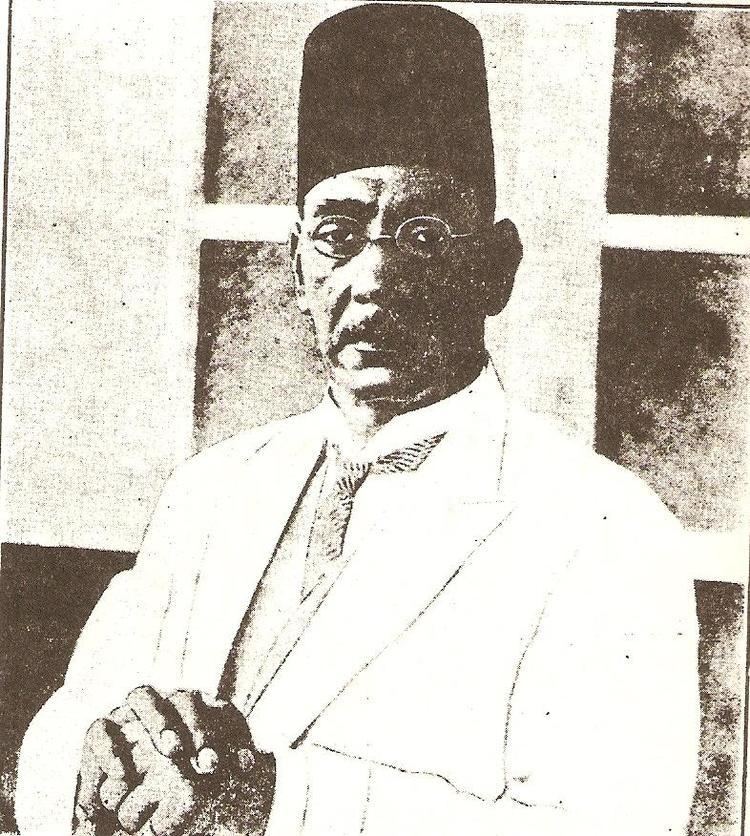
He was one of several Egyptian poets that revived Classical Arabic poetry during the latter half of the 19th century. While still using the classical Arabic system of meter and rhyme, these poets wrote to express new ideas and feelings unknown to the classical poets. Hafez is noted for writing poems on political and social commentary.
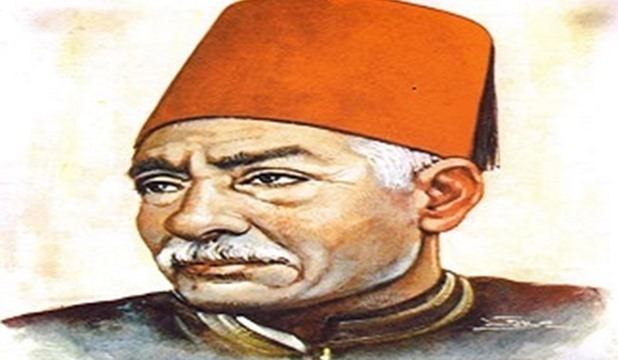
Hafez Ibrahim
Early life
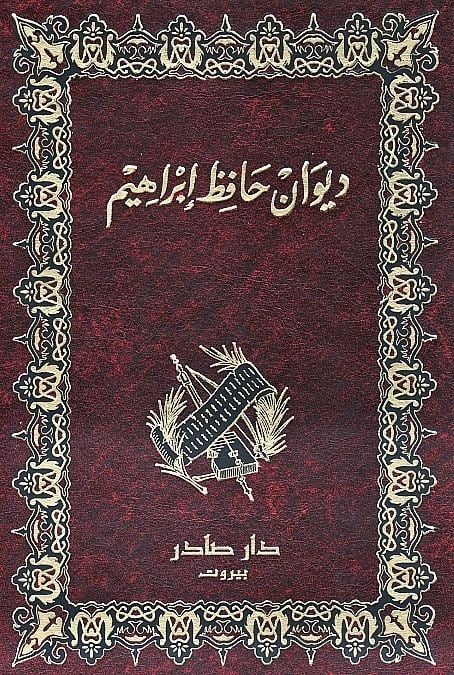
Hafez was born in 1871 in Dayrut, in Egypt. His father was an Egyptian engineer and his mother was of Turkish origin. After his father’s death, at the age of four, Hafez was sent to live with his maternal uncle in Tanta where he received his primary school education. He then moved to Cairo to live with his mother and an uncle, where he completed his secondary education. After his mother died, Hafez moved back to Tanta and worked alongside the lawyer Muhammad Abu Shadi; here, he discovered numerous literary books and became familiar with prominent leaders of the Egyptian National Movement.
Career
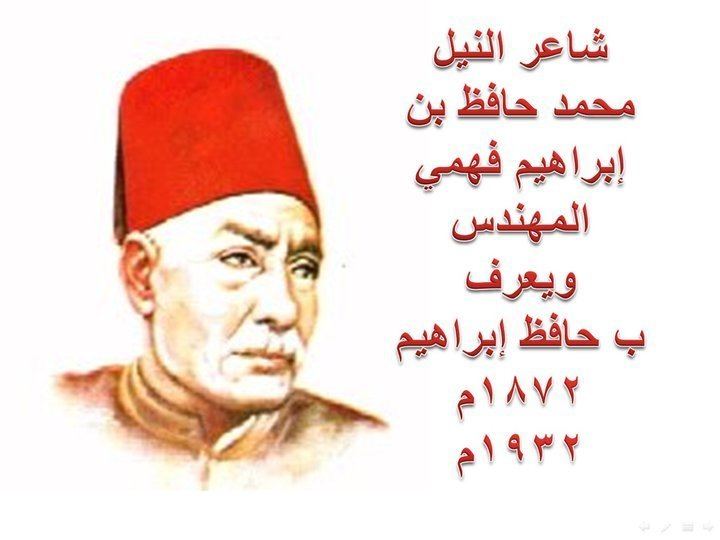
In 1888, Hafez attended the Military Academy and graduated three years later as a lieutenant. He was then appointed by the Ministry of Interior, and, in 1896, he was deployed to Sudan as part of Egypt’s Sudan campaign. There, Hafez and several of his colleagues were involved in a rebellion against the mistreatment of the Sudanese, whereupon Hafez was court-martial-ed and sent back to Egypt.
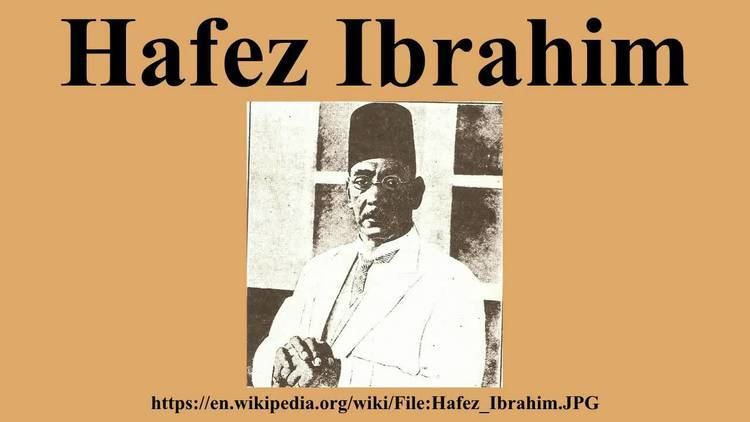
By 1911 Hafez was appointed the head of the literary section in the Dar al Kutub al Masriyah (the Egyptian National Library), and the Minister of Education bestowed upon him the title “Bey” which provided Hafez with financial stability. Thereafter, he began to devote more time to literature and poetry. Hafez joined a a circle of neo-classical artists of modern Arab poetry, such as Ahmad Shawqi and Mahmoud Samy El Baroudy, in imitating the Arabic classical writing style of meter and rhyme.
Works
Many poems were written by Hafez, for example:
Memorials
There is a statue of Hazef, sculpted by Faruq Ibrahim, on the Gezira Island.
